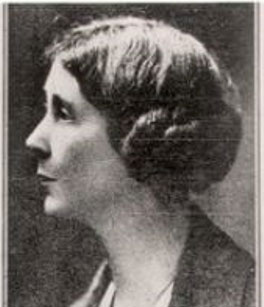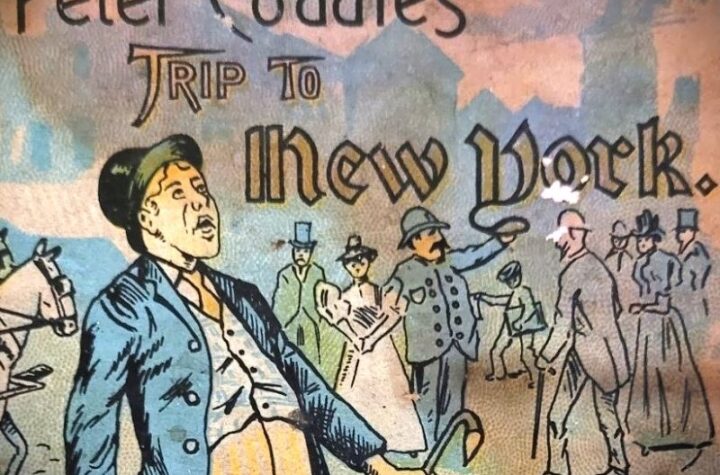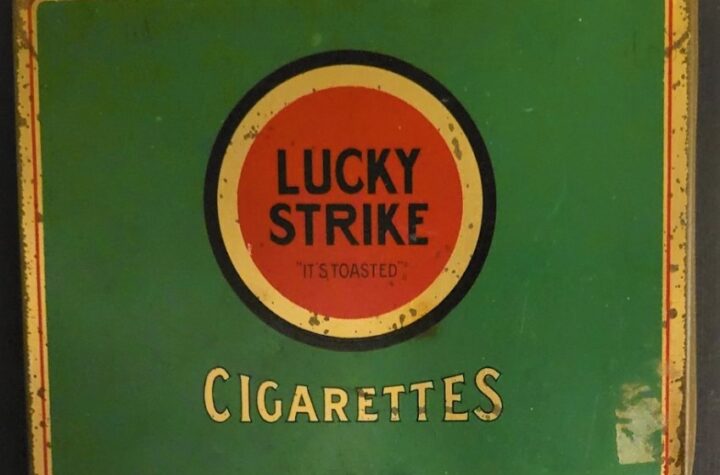
First Female Doctors – A Personal Connection!
Murdoch Mysteries, a female surgeon, and Canadian composer Howard Cable. How do they relate?
As we are all glued to the last few episodes of the great Murdoch Mysteries television series, we are sharing the difficulties of Dr. Julia Ogden in being a woman surgeon in Canada circa 1905. Dr. Ogden is based on the real Dr Jennie Smillie, Canada’s first female surgeon, and today (Feb 26) marks the anniversary of Dr Smillie’s death in 1981 at age 103. It puts me in mind of Howard Cable!
In the Shows & Music section of this website, you’ll see that Howard and I wrote together for many years. I booked his Symphony Pops Concerts for several more, and we remained fast friends from 1970 until his death in 2016 at age 95.
Howard was brought into this world in 1920 by one of the first female doctors in Canada, Dr. Minerva Reid. Howard’s mother was so very proud of this fact that she gave Howard the middle name “Reid” in Dr. Reid’s honour. After Howard’s birth, Dr. Reid continued as the Cables’ family doctor and Howard grew up to be awarded the Order of Canada for his work as a conductor, arranger, composer and radio/television producer – cited as his “legendary contribution to the Canadian music industry”. Dr. Reid knew Dr. Jennie Smillie quite well.
Not surprising — they were colleagues in Toronto – along with Minerva’s sister, Dr. Hannah Reid. These three along with fellow female doctors such as Dr. Augusta Stowe-Gullen were pivotal in establishing Toronto’s Women’s College Hospital – and indeed, that is where Howard was born.
Minerva (called “Minnie”), Hannah and Jennie were all born into large farming families. Jennie was born near Hensall, Ontario and had 6 siblings. Her father died when she was 6 and her oldest brother took on the head-of-household duties. Amazingly, despite these difficult beginnings, a sister became a nurse, another brother a physician, Jennie herself a surgeon and another sister was a missionary. Hannah and Minerva were born into a family of 11 in Mono, Ontario and they too lost their father at a young age, and they too had a brother who became a physician. All 3 women first taught school in order to save enough money for Medical College.
The importance of Jennie’s, Minerva’s and Hannah’s mothers cannot be overstated. Despite having lost their partners, having only a public school education themselves and having a great many children, both of these women believed deeply in the value of secondary education. Minerva and Hannah walked 2 miles to grade school and 5 miles to high school in Orangeville, and sometimes boarded in Orangeville when the weather was too bad for the walk. In Jennie Smillie’s case, she was only 5 when she encountered a female physician and missionary, and asked her mother if she too could become a physician. Her mother said, “Yes”. Ten years later Jennie actively began planning and had her teacher’s certificate by age 18. She taught for 7 years at $300 a year, saving as she went.
Minerva moved to her brother Dr. John Reid’s home in Tillsonburg where she taught High School, while Hannah moved in with their sister Sarah in Toronto and taught at the Park and the Rose Avenue schools. In 1901, Minerva came to Toronto to enter the Ontario Medical College for Women full-time, while Hannah continued teaching and studied medicine in the evenings.
They both graduated in 1905, being among the last to do so before the school closed. Jennie Smillie had also enrolled there in 1904 so when the school closed, she and two other women undergrads transferred to the University of Toronto Medical School where they took classes with the male students — all classes except anatomy and dissection, that is.
Meanwhile, Minerva took over her brother’s medical practice in Tillsonburg while he went to London England to study as a surgeon, and Hannah accepted a medical internship at the New England Hospital for Women and Children in Boston. Coming along a few years behind them, in 1909 Jennie graduated, and in light of the few internships for women available in Toronto, she interned at the Women’s Hospital of Philadelphia.
Jennie came home to Toronto a year later and started her solo practice, but deeply wanted to perform surgery. It seemed that none of her female colleagues in Toronto were interested in specializing, so she headed back to Philadelphia for 6 months of surgical training. However, her efforts may have been an inspiration to Minerva Reid because in 1911, Minerva travelled to the UK where she attended the Royal College of Surgeons in London and the University of Dublin for a Licentiate in Medicine. The Irish school was dumbstruck to find a young woman literally standing at the door of this (up ’til then) all-male medical school – she had to bed down in the dining hall until they could find appropriate accommodation for her.
Jennie came back to Toronto where no hospital allowed her to practice her new skills. So her first operation as an independent was done on a kitchen table in a house. As more women were now specializing, in 1911 they banded together and established a hospital with seven beds in a house at 18 Seaton Street in Toronto.
In 1912 Hannah Reid returned to Toronto from New England, and opened a private practice specializing in anesthesia and obstetrics. Her sister Minerva also returned to Toronto (1914) from overseas and opened a medical practice on Annette Street in Toronto where she remained for 40 years. Howard well remembered having doctor visits there as he grew up.
After much fund-raising, in 1915 Women’s College Hospital was officially opened in Toronto. Hannah and Minerva both accepted positions on the medical staff, Dr. Minerva Reid as the first female Chief of Surgery in North America, her sister Dr. Hannah Reid as Chief of Anesthesiology (they frequently operated together) and Dr. Jennie Smillie as Associate Chief of Gynecology, also doing other abdominal operations. Jennie also became a vocal advocate for government-funded health Care. Jennie practiced until 1948 when she was 70, and then married her childhood sweetheart Alex Robertson!
As for Dr. Minerva Reid, true to her family’s belief in schooling, she served on the Toronto Board of Education from 1926 to 1932. In 1938 she retired from Women’s College Hospital but not from her private practice. In 1944, she campaigned along with Lady Eaton to replace the Christie Street Hospital, an “old cockroach-infested and rat-ridden” building that was actually a converted factory being used to treat soldiers wounded in the War. Minerva picketed, wrote to the Prime Minister and others, obtained 20,000 signatures on a petition (decades before internet crowd-sourcing) and finally, Sunnybrook Hospital was built.
In 1955, Minerva’s sister Hannah died, and Minerva finally retired from her private practice at age 83! She died two years later and is buried beside her sister in Mono College Cemetery surrounded by 7 of their siblings and their parents.
Genealogical tidbit: In 1949 Minerva researched her family history and made a copy of it for the eldest niece in each branch of her family (the descendants of her siblings). She also made a special brooch for each with some stones that her missionary sister had brought home from India. “Each woman was to add to the family history and pass the book and brooch to another woman in the family who would continue to tell future generations about their ancestors and record continuing events for future generations.” She called the book The League of Notions.








I’ve received a wonderful comment from Howard’s son Greg Cable who fleshes out the story of the “Cable connection” to Dr Minerva Reid:
“Great article, Peggy. Dr. Reid always stayed close to the family. In the late-30s, when Dad spent days copying parts from about a hundred scores for each member of his 12-piece band, Minerva sent him endless blotters, the typical means of pharmaceutical advertising in those days, which let him become educated on all sorts of women’s problems. In April, 1940, Mum and Dad were married in her parlour, her clergyman brother officiating, just weeks before she delivered Judy. She delivered all the rest of us too. I remember going to her house/office at Annette and Mavety Streets for annual checkups until I was almost ten years old, and going there around 1950 with a tummy ache and being transported to Women’s College so she could remove my appendix. A thick, old-fashioned scar on my belly is a constant reminder of her work. I remember such good times with her. Her housekeeper always had fresh-baked cookies prepared for us as well as advice on how to play crokinole. I remember well her funeral too. A very classy lady. (Also love the rest of your blog.)” Thanks, Greg!